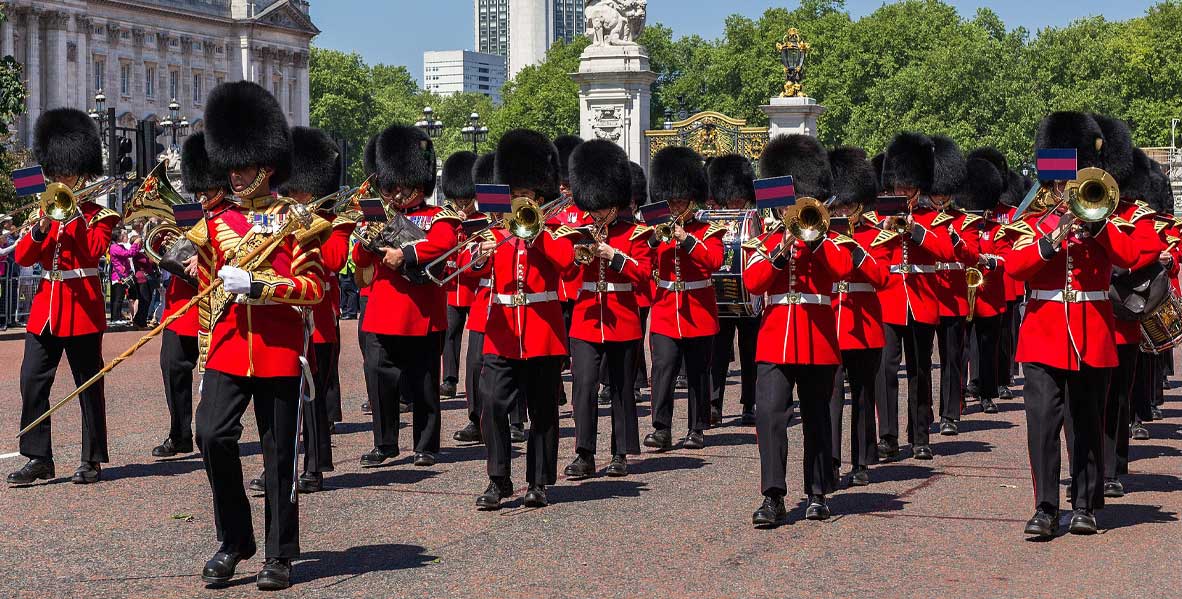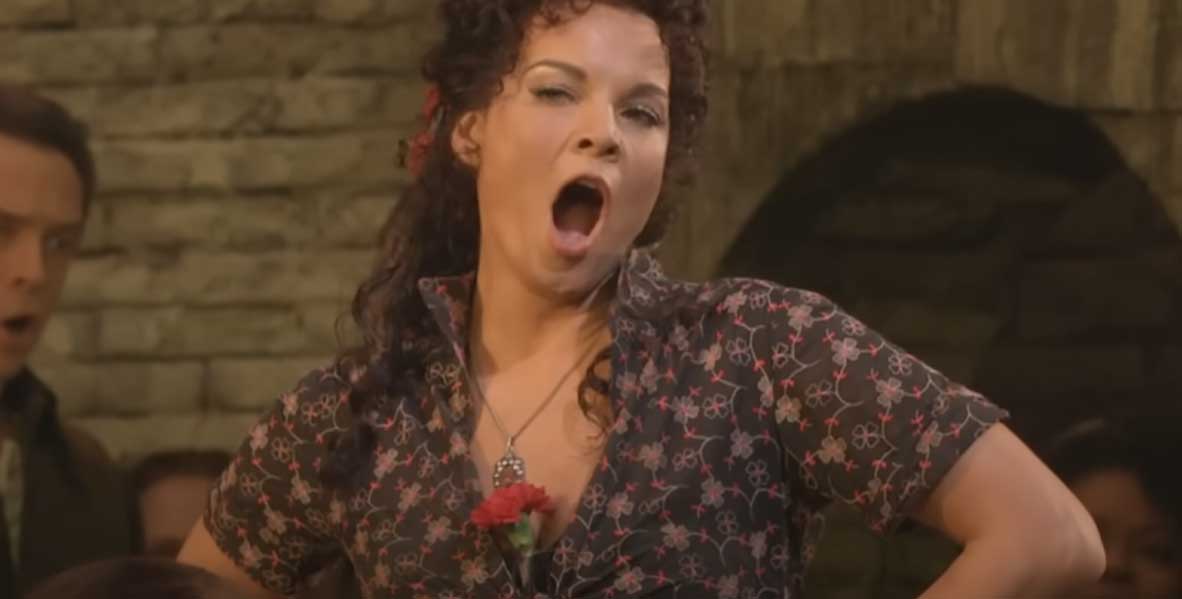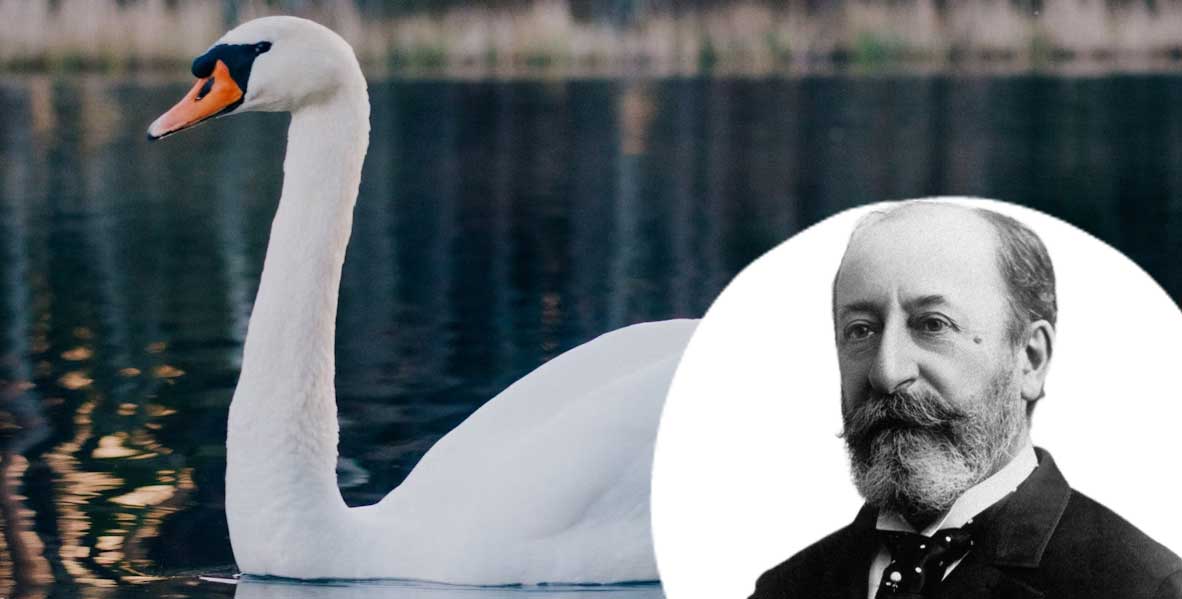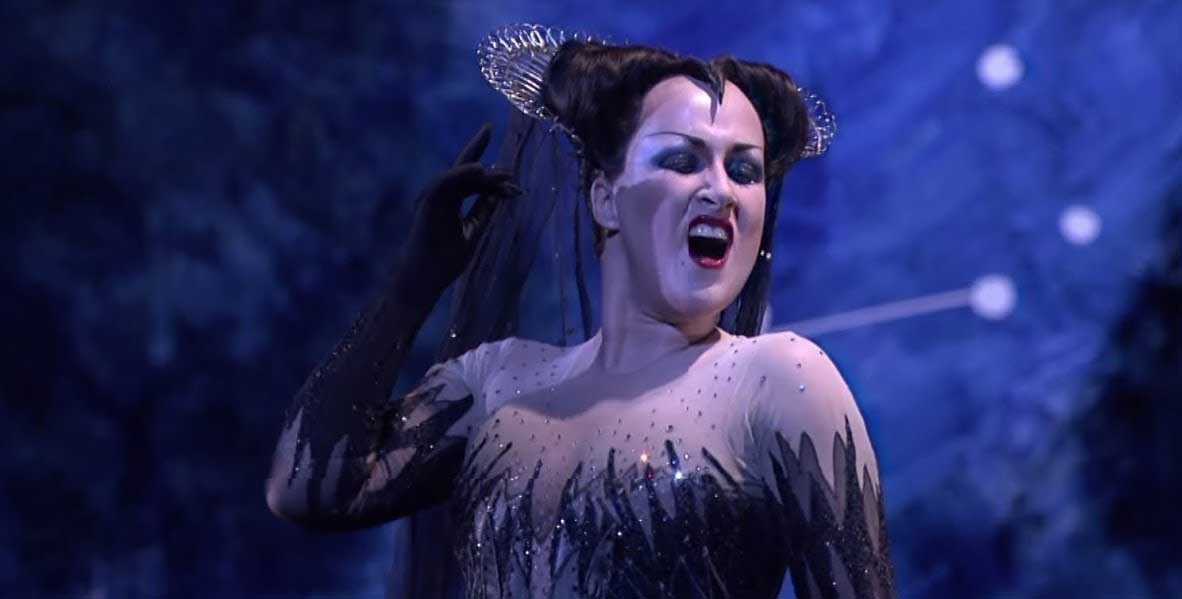
Nicolai Rimsky-Korsakov’s Flight of the Bumblebee is notorious for being one of the most difficult solo works in the repertoire. In spite of, or more probably because of this, almost all musicians are eager to play it. It is the ultimate technical challenge; to conquer it is to prove that one has attained a certain type of mastery. Unsurprisingly, then, it is one of our most popular works on 8notes, with more than 30 versions to choose from.
Continue reading...

The violin sonata literature is so deep and rich that it is often difficult enough to choose a favourite sonata by a particular composer, let alone the top ten of all time. Yet whilst any such list is debatable, it is possible to identify certain works that represent the apex of the genre, the most musically profound, technically challenging of their type. Taken as a whole, these works trace the expressive journey of the instrument over two centuries.
Continue reading...

Every musician knows the value of practice — hours spent working on scales, tricky passages, and acquiring technical fluency. It can be a lonely process. ![]()
But there is something you can do that will help make every practice session feel more like the thrill of a real performance. And the good news is, this will not just keep you engaged, but it will supercharge your musical skills.
The trick is to practise with playalong tracks.
Continue reading...

The very essence of elegance, lyricism and subtle melancholy, Gabriel Faure’s Sicilienne, Op.78 (1893) is a masterpiece of the French Romantic period. At just four minutes to perform and prioritising expressivity over virtuosity, it has become a very popular work amongst cello players of intermediate and higher levels. Despite this, Sicilienne actually started life as a theatre work, with even the cello version not being the final version of the piece.
Continue reading...

J.S. Bach’s Toccata and Fugue in D minor, BWV 565 is, by some distance, the most instantly recognisable work for organ. It’s arresting ‘da-da-da’ opening, followed by florid runs, dramatic pauses and a bunch of chunky chords has something deliciously gothic about it. Small wonder our many arrangements of it here on 8notes are so popular with our members.
No matter how well you think you know this piece, however, some things about it may come as a surprise…
Continue reading...

The march is one of the most ancient of musical forms, its origins going back deep into antiquity. In the time of Ancient Egypt, Greece and Rome, music was used to accompany ceremonial and military movements, with drums, horns and pipes being used to coordinate the steps of soldiers and to inspire morale. Music was also important on the battlefield, with trumpet and horn-like instruments used to signal actions such as charge and retreat.
Whilst these uses didn’t form any kind of distinct musical repertoire that has survived, they set basic functions for the the march—for coordination, ceremony and motivation.
Continue reading...

If you want human emotion laid bare, opera is your art form - despair, longing, joy, love, it’s all there. And within an opera the purest expression of this is the aria, where a singer will reflect upon or drive forward the drama in a solo song.
In the hands of a great composer an aria is a perfect marriage of text and music, often producing music of the profoundest beauty. Great arias tend to be the most celebrated part of any opera, so much so that musicians often choose to perform them as stand-alone concert pieces.
Here is our choice of the most beautiful of these magnificent works. Follow the links to find sheet music for your instrument and to practise with our exclusive backing tracks.
Continue reading...

Whilst learning any instrument is not easy, the piano does sometimes seem to have more than its fair share of technical challenges. If only there were some pieces by great composers that were not so hard to play but made you sound like an absolute pro…
The fact is, there are!
For those in the know, there are some works that sound absolutely brilliant, are played by even the most eminent concert pianists and yet they are surprisingly easy to master. Many early years pianists know this and use this secret knowledge to dazzle (and maybe intimidate) their fellow learners. We feel that this knowledge should be shared!
Here, then, is our picks of some of the best of these works. Prepare to dazzle your fellow musicians (without frazzling your fingers).
Continue reading...

When listening to music it’s often easy to feel that it is painting pictures or telling a story, even where a piece is entirely ‘abstract’. Abstract pieces are intended to be enjoyed for the sake of the sound itself—even though they may invoke a mood, or have a specific purpose, such as for dancing.
Sometimes, however, composers intentionally write ‘programmatic’ music, where the music evokes a specific image, story or idea. Such pieces are normally purely instrumental, with the music alone conveying the narrative, unlike, for example in an opera where there is also a sung text, set design and lighting.
Here are some of the very best of these most colourful works. Be sure to check out our sheet music—just follow the links—so you too can enjoy playing the best tunes from them.
Continue reading...

There have been many great opera composers down the centuries, but none has surpassed the genius of Wolfgang Amadeus Mozart (1756–1791), whose instinct for drama was only bested by his ability to clothe it in the most divine music imaginable.
Mozart wrote 22 music dramas, some of which were small scale occasional pieces or pastiche pieces written when he was very young. Even these works contain much to be admired. Here, however, we rank to his mature masterpieces, the works for which he is truly remembered.
We also pick out our favourite music from these works—follow the links so you too can enjoy playing these iconic melodies!
Continue reading...